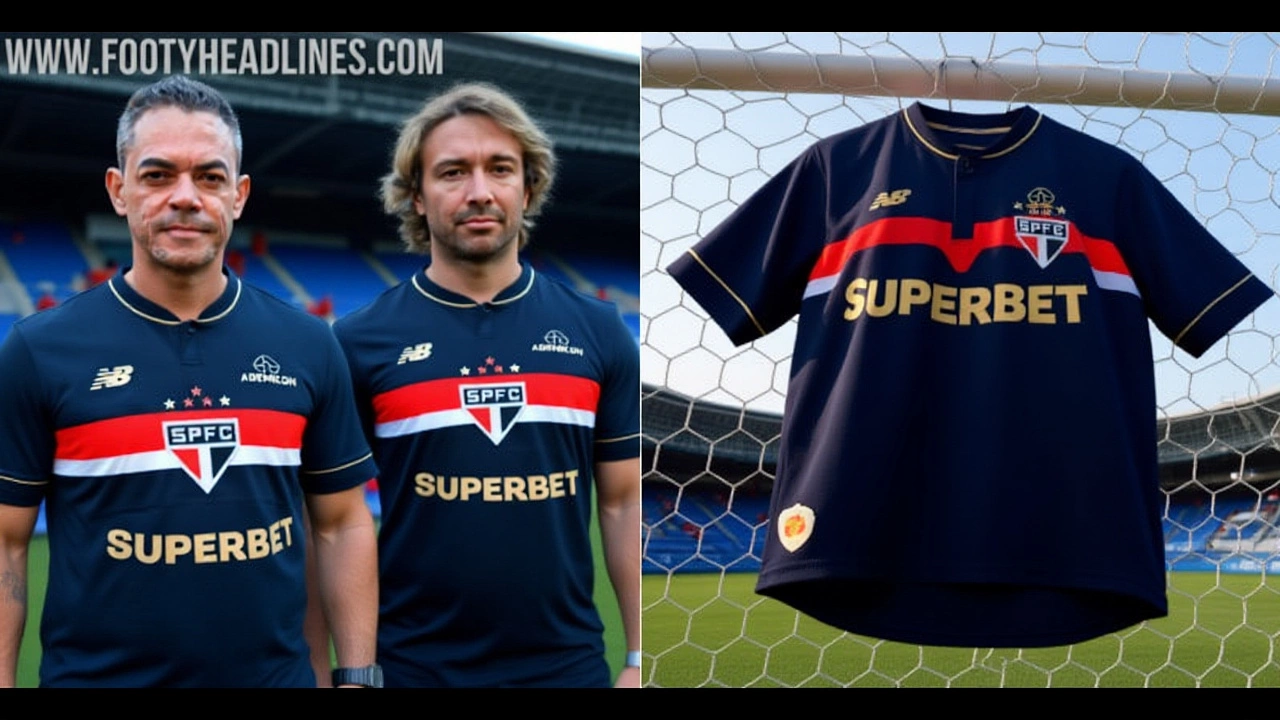2005 FIFA Club World Cup – Highlights, History & Legacy
When talking about the 2005 FIFA Club World Cup, the inaugural global showdown that pitted the best club sides from each continent against one another. Also known as the 2005 Club World Championship, it marked FIFA’s first attempt to crown a true world club champion after the short‑lived Intercontinental Cup era. The competition encompasses champion clubs from all six FIFA confederations, uses a knockout format, and requires a host nation with world‑class stadiums and logistics. Its success hinged on FIFA, the governing body that set the rules, selected the venue and coordinated the calendar, while the participating clubs—most notably Liverpool, the English Premier League side that lifted the trophy after beating São Paulo in the final and São Paulo, the Brazilian champions who provided a dramatic showdown in the final match—brought their own fanbases and commercial clout. This blend of elite competition, global exposure and commercial appeal set the stage for the tournament’s lasting legacy.
Why the 2005 edition still matters today
The tournament’s design highlights a few key attributes that still shape the Club World Cup’s identity. First, the knockout format—quarter‑finals, semi‑finals and a single‑match final—creates high‑stakes drama in just a week, forcing clubs to balance squad rotation with the need to win every minute. Second, the event requires a host nation capable of delivering top‑tier venues; Japan stepped up with the International Stadium Yokohama, proving that Asian infrastructure could host a world‑class event. Third, FIFA’s role influences everything from prize money distribution to broadcast rights, which in turn fuels clubs’ motivation to travel across continents. Fourth, Liverpool’s triumph influences the club’s global brand, opening doors to new sponsorships and expanding its fanbase in Asia and South America. Finally, the participation of clubs like São Paulo showcases the strength of South American football and its ability to challenge European powerhouses on a neutral stage. These connections create a web of relationships: the tournament encompasses diverse football cultures, requires logistical excellence, and influences commercial growth for both FIFA and the clubs involved.
Below you’ll find a curated collection of stories that touch on the broader world of sport—injury updates, player performance, fan culture, and the business side of football and beyond. While each article focuses on a different angle, together they paint a picture of how global events like the 2005 FIFA Club World Cup ripple through leagues, national teams and even beyond the pitch. Dive in to see how a single tournament can echo in training rooms, boardrooms and fan conversations worldwide.
São Paulo FC Unveils 2025 Third Kit Honoring 2005 World Cup Win
São Paulo FC and New Balance Brasil launch a limited‑edition 2025 third kit celebrating the 2005 FIFA Club World Cup win in Japan, featuring gold stars, cherry blossoms and Japanese‑language details.





